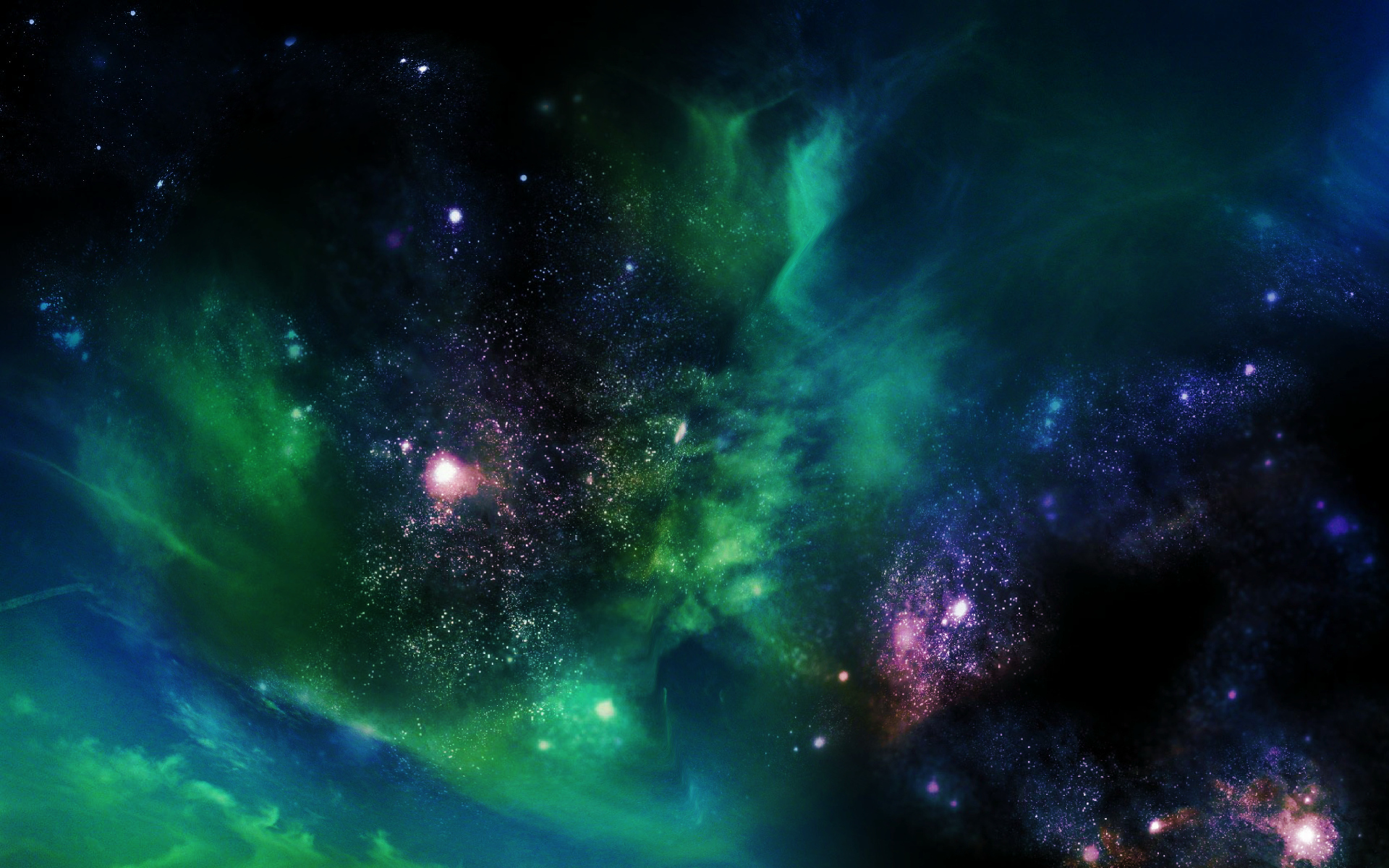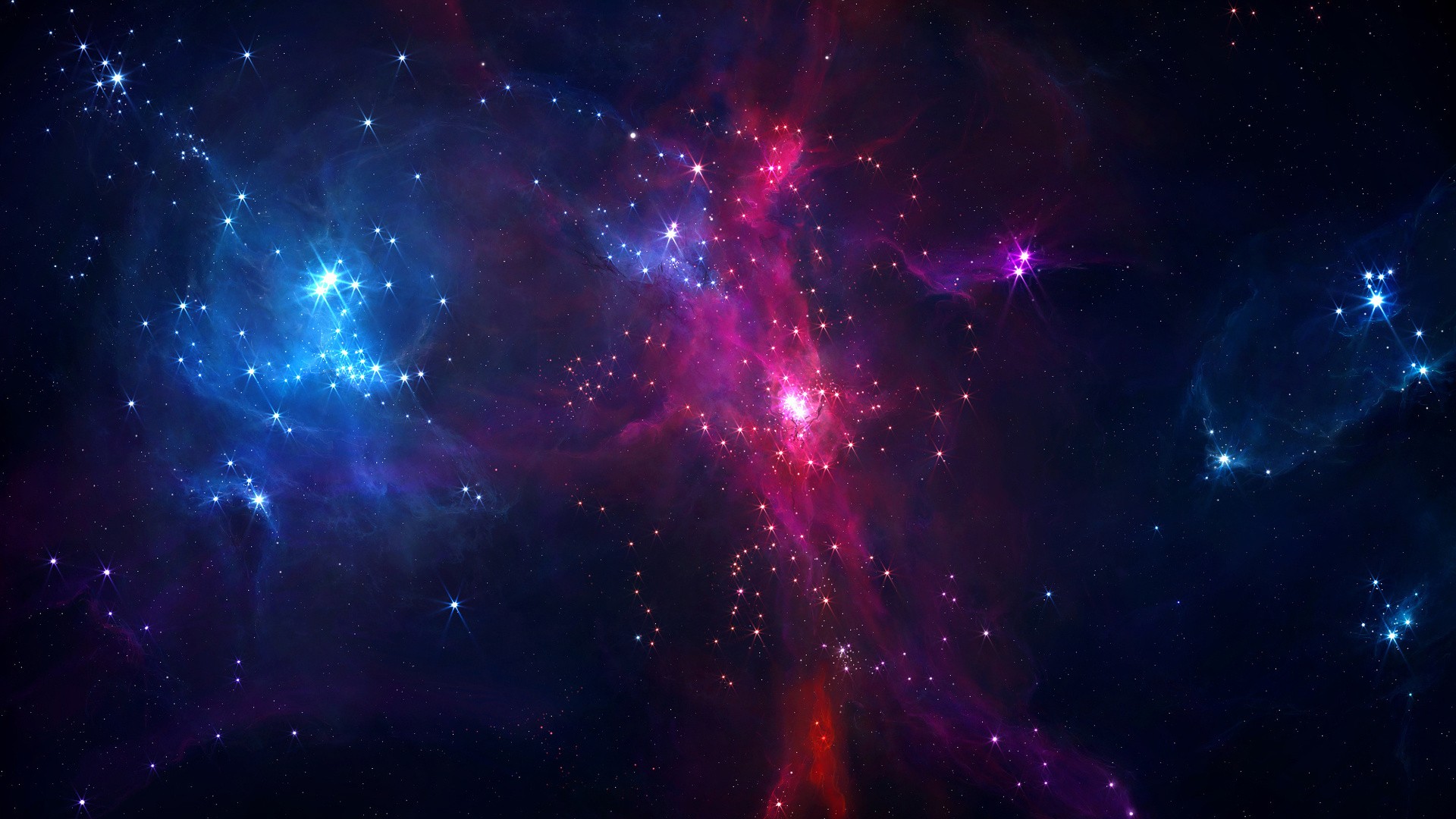
Researchers have observed a gamma-ray burst with an afterglow that featured the highest energy photons -- a trillion times more energetic than visible light - ever detected in a burst.

In January 2002, astronomers discovered a massive explosion coming from V838 Monocerotis. They initially thought they were witnessing a supernova, but after the initial flash of light began to dim (as expected), it began to brighten again in infrared wavelengths at the beginning of March. After that brightening faded, another one happened in April.

Stars are balls of glowing gas, with a nearly spherical shape. Accordingly, one would expect that when some stars explode as supernovae at the end of their lives, the resulting colossal fireballs should share this spherical symmetry. However, recent investigations are revealing that some of these events are not round. New data gathered at Calar Alto Observatory reinforce this surprising finding.